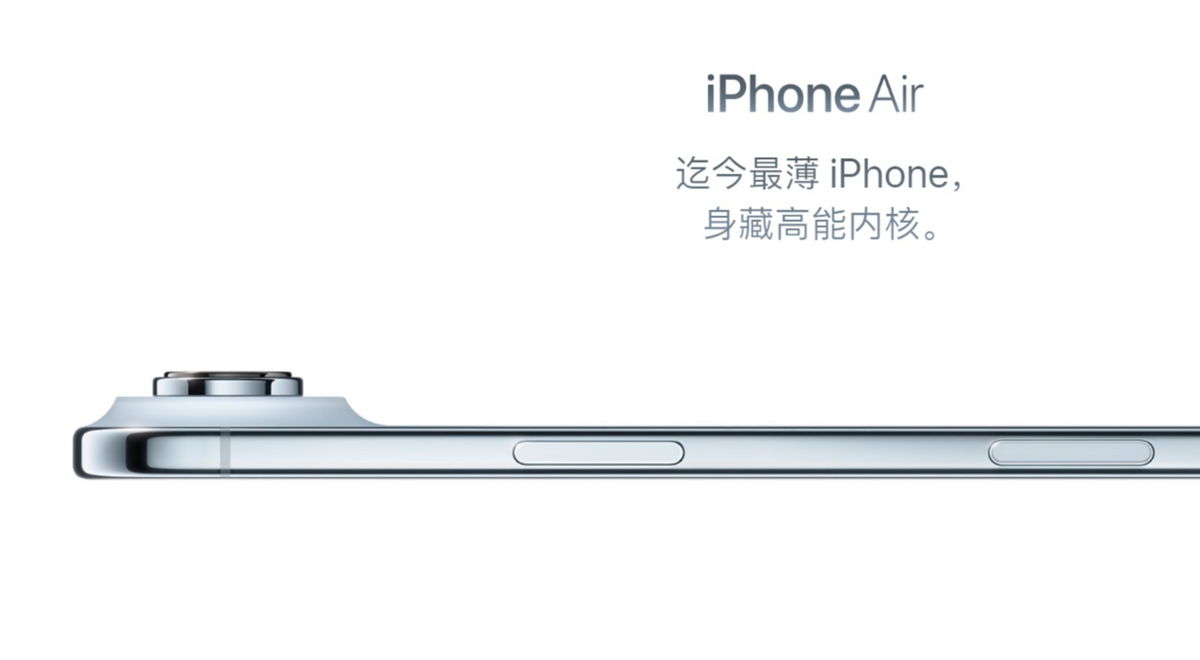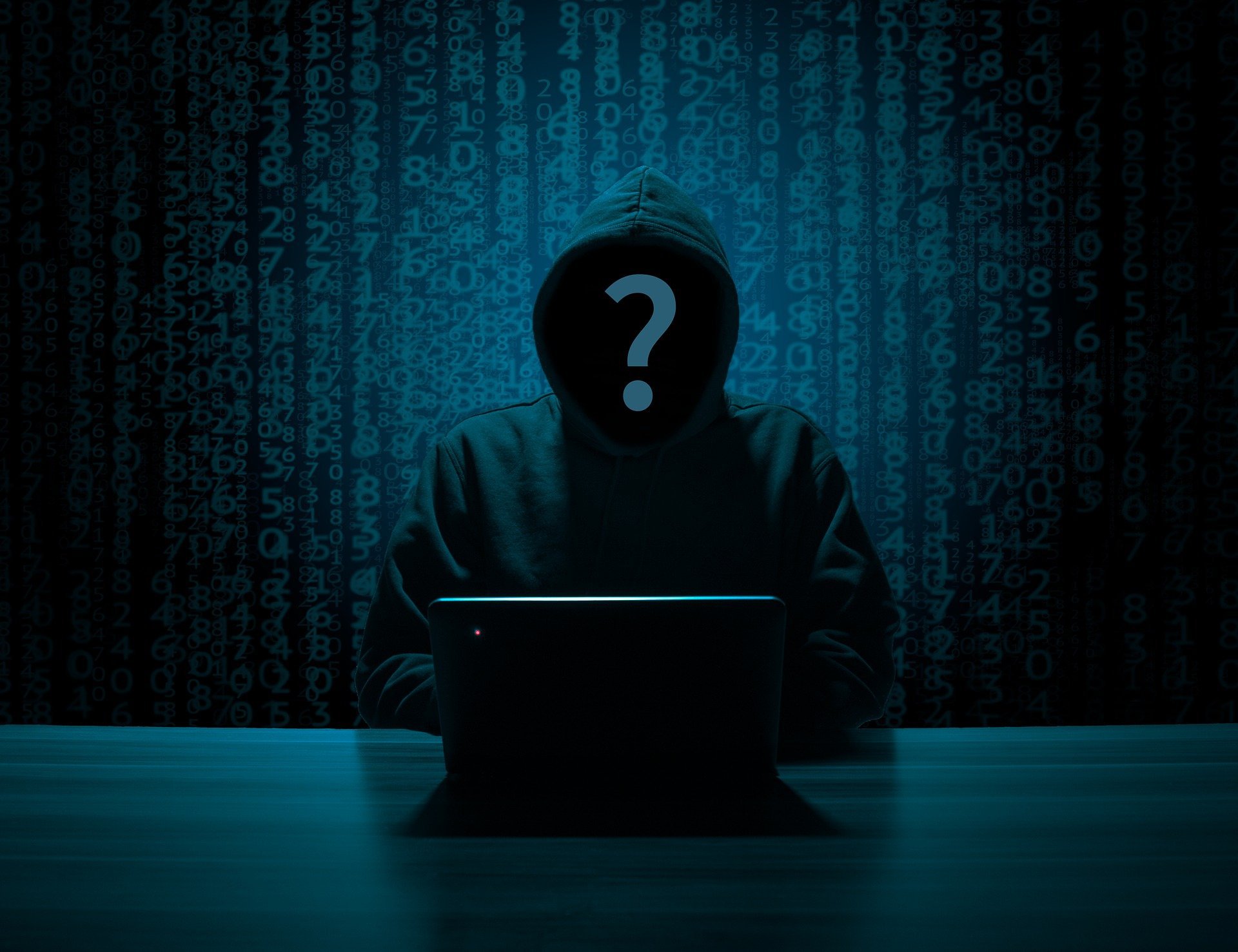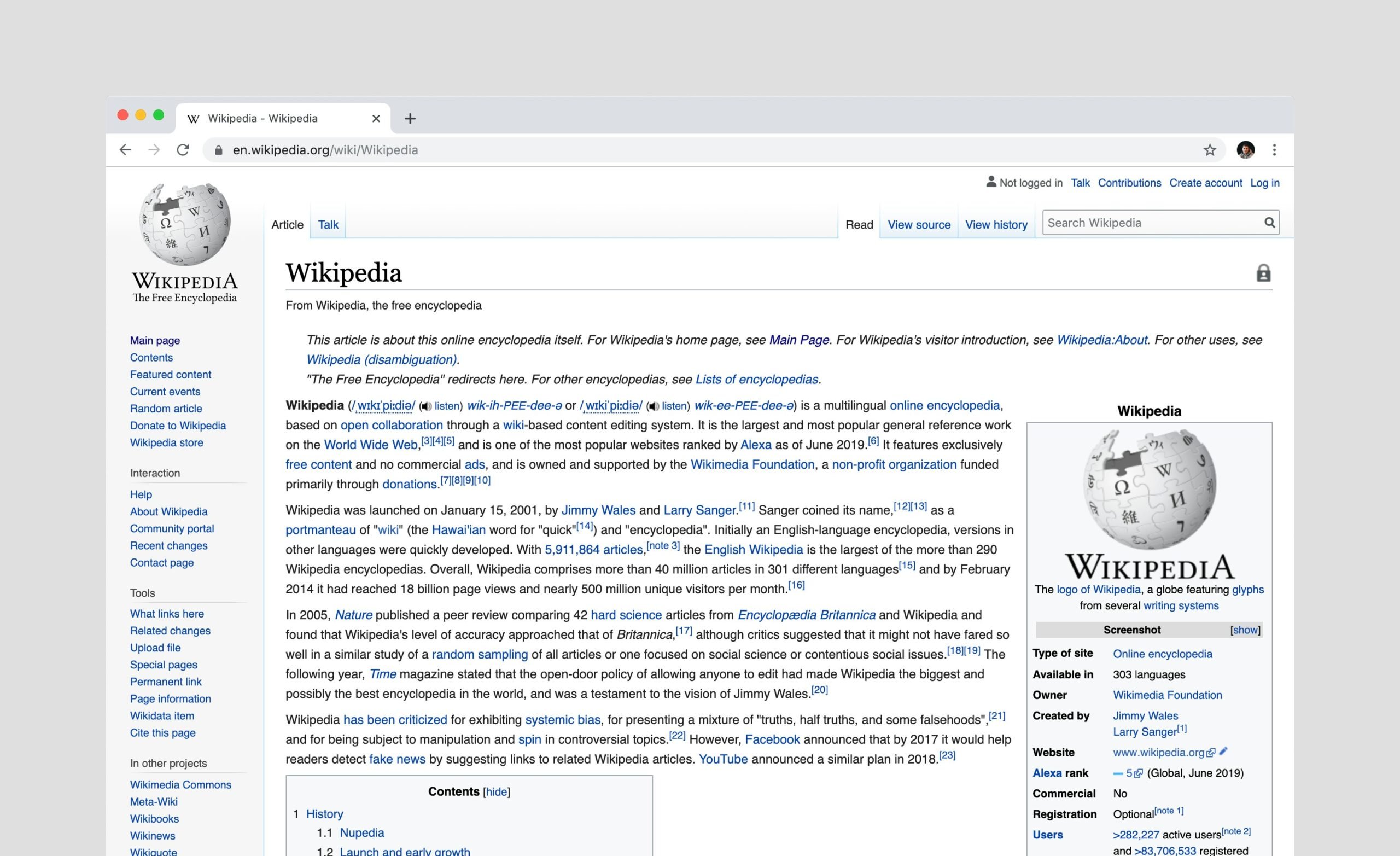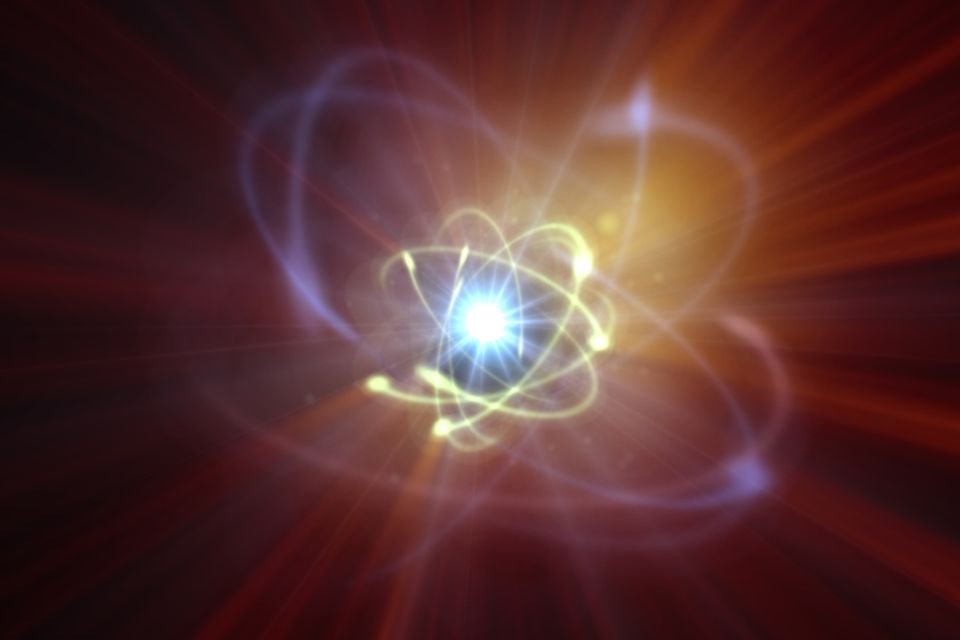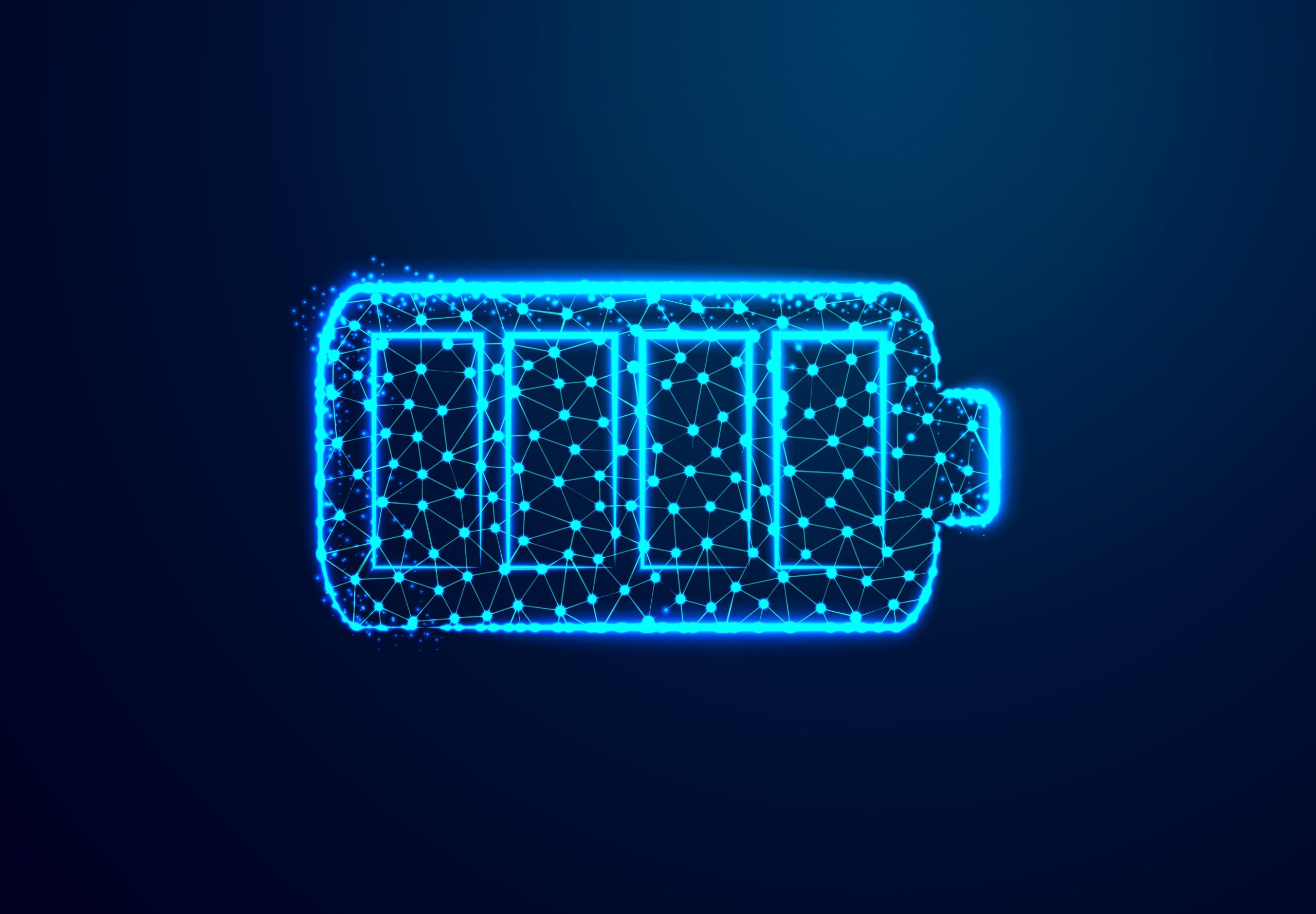With the Oppenheimer movie, some physics facts came to the fore again. including nuclear fission and fusion. It is known that these reactions are used in weapons development, but do you know how they occur?
Depending on the behavior of the atomic nuclei of radioactive elements such as Uranium and Thorium, these reactions combine or split molecules, producing a lot of energy. We are currently studying these reactions The main focus is on energy production in nuclear power plants and even in medicine. Learn more about the nuclear fission process.
How do nuclear fission and fusion occur?
Names already give clues about the processes occurring in the atomic nuclei of the elements. Nuclear fission occurs when an atomic nucleus is bombarded by neutrons and splits into two or more pieces in a chain reaction.
When this “breaking” occurs a large amount of energy is produced. The first atomic bombs operated by nuclear fission, and so did most thermonuclear facilities.
Inside Nuclear fusion is a process that combines two smaller nuclei into a larger nucleus. However, for this to happen, a lot of energy must be added to the system. It is “easier” to break a nucleus than to fuse a nucleus. Fusion produces a very efficient exothermic reaction that produces more energy than fission.
This process occurs constantly in the Sun and stars. On Earth, nuclear fusion occurs on small scales in particle accelerators and is the technology used in the hydrogen atomic bomb.
Clean energy
You may have already heard about the unfortunate tragedies related to the Chernobyl and Fukushima nuclear power plants.
The Chernobyl nuclear accident occurred in Ukraine on April 26, 1986. During a safety test, reactor 4 exploded, leaving a cloud of destruction in its wake. The accident that occurred in Fukushima, Japan, due to the tsunami caused by the Tohoku earthquake in 2011, caused the pollution of the sea around the facility.
Even though it doesn’t seem like it, Thermonuclear power plants are safe and produce clean energy. Like wind and solar power, nuclear fission generation has a low carbon footprint but is not that cheap to produce.
According to IPEN (Institute for Energy and Nuclear Research) data in Brazil, we have at least 3 thousand research and development facilities in the field of nuclear energy.
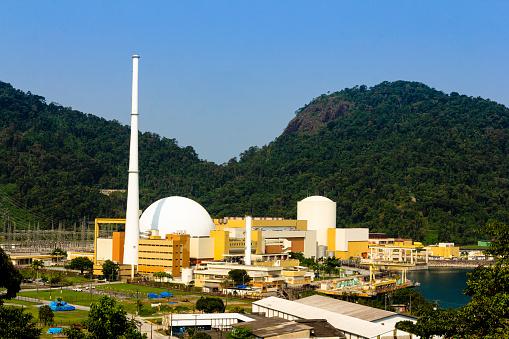
In addition to the research facilities, we also have Angra 1 and 2 Facilities in Angra dos Reis. Together they have a production capacity of 2 thousand megawatts. Enough energy to power 3 million Brazilians.
How does a thermonuclear plant work?
Nuclear power plants operate with a system similar to conventional thermoelectric power plants. However, the heating of water and the resulting formation of steam is achieved by the nuclear fission process.
Rods of radioactive material, mostly uranium, are immersed in tanks of water, bombarded with neutrons and the process of nuclear fission is initiated. The chain reaction produces a lot of heat, which heats the water and turns it into steam. This turns huge turbines that convert all this energy into electricity.
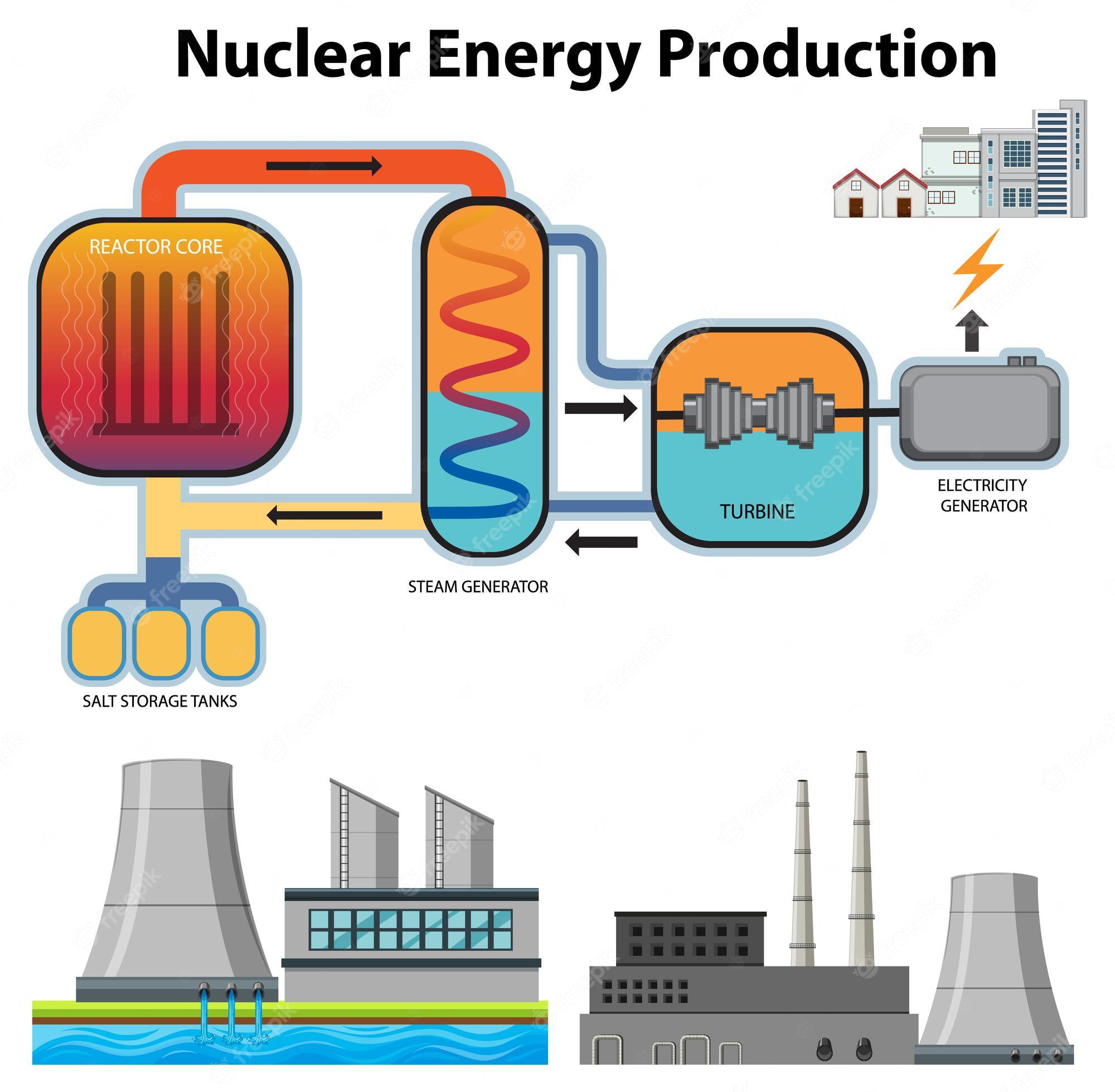
To stop the chain reaction, rods of certain metals are placed as a screen, blocking neutrons and acting as brakes.
Risks and benefits
There is still much debate about the risks and benefits of using nuclear energy. Confidence in security, environmental problems in the disposal of radioactive waste, maintenance of facilities and other issues are still on the agenda. check popular acceptance. However, the advances that the use of nuclear energy has brought us are undeniable.

For example, if you have had an x-ray to check for a broken bone, you have already experienced fission. Its use in medicine has been an excellent tool in combating diseases and improving diagnoses.
However, it is undeniable that with the developments, more policies are needed to ensure people’s safety. What happened to Cesium-137 in Goiânia in 1987 could have been prevented if the radioactive material had been disposed of correctly. Therefore, we need to combine development with policies that guarantee the security of the population..
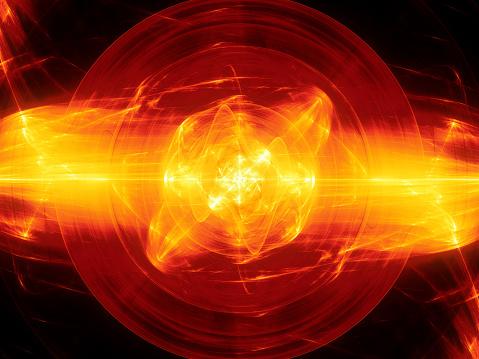
Why do we use fission instead of nuclear fusion?
No doubt, Nuclear fusion is much more efficient in producing energyhowever, nuclear fission reactions were chosen because they can be stopped more easily.
Uncontrolled chain reactions can lead to disaster rather than ensuring a safe and viable development in energy production. But a lot of progress is coming! Will we one day have nuclear-powered transportation?
Enjoyed learning more about fission and nuclear energy? Therefore, stay tuned to TecMundo so that you do not miss any news on the subject and take the opportunity to learn how quantum studies can explain the mystery about radioactive nuclei.
Source: Tec Mundo
I’m Blaine Morgan, an experienced journalist and writer with over 8 years of experience in the tech industry. My expertise lies in writing about technology news and trends, covering everything from cutting-edge gadgets to emerging software developments. I’ve written for several leading publications including Gadget Onus where I am an author.

